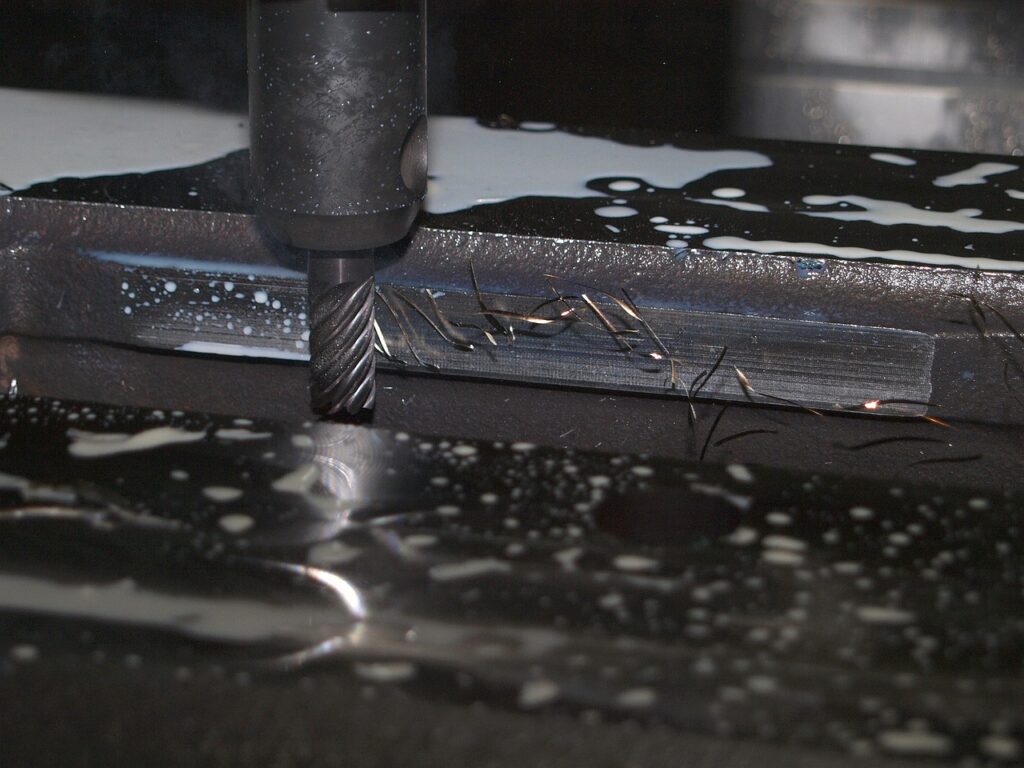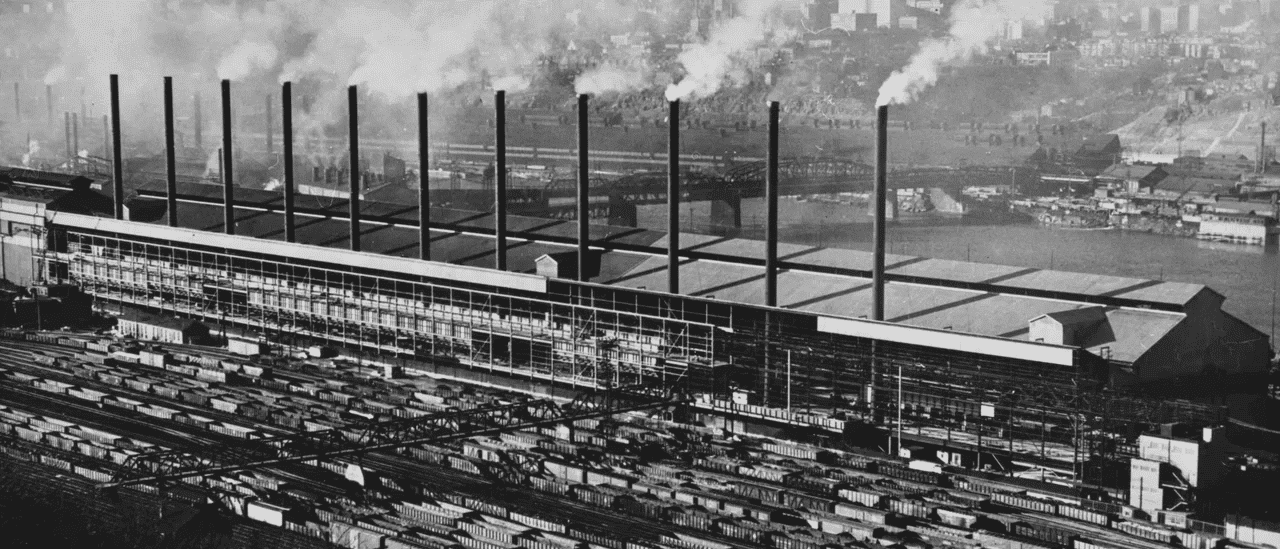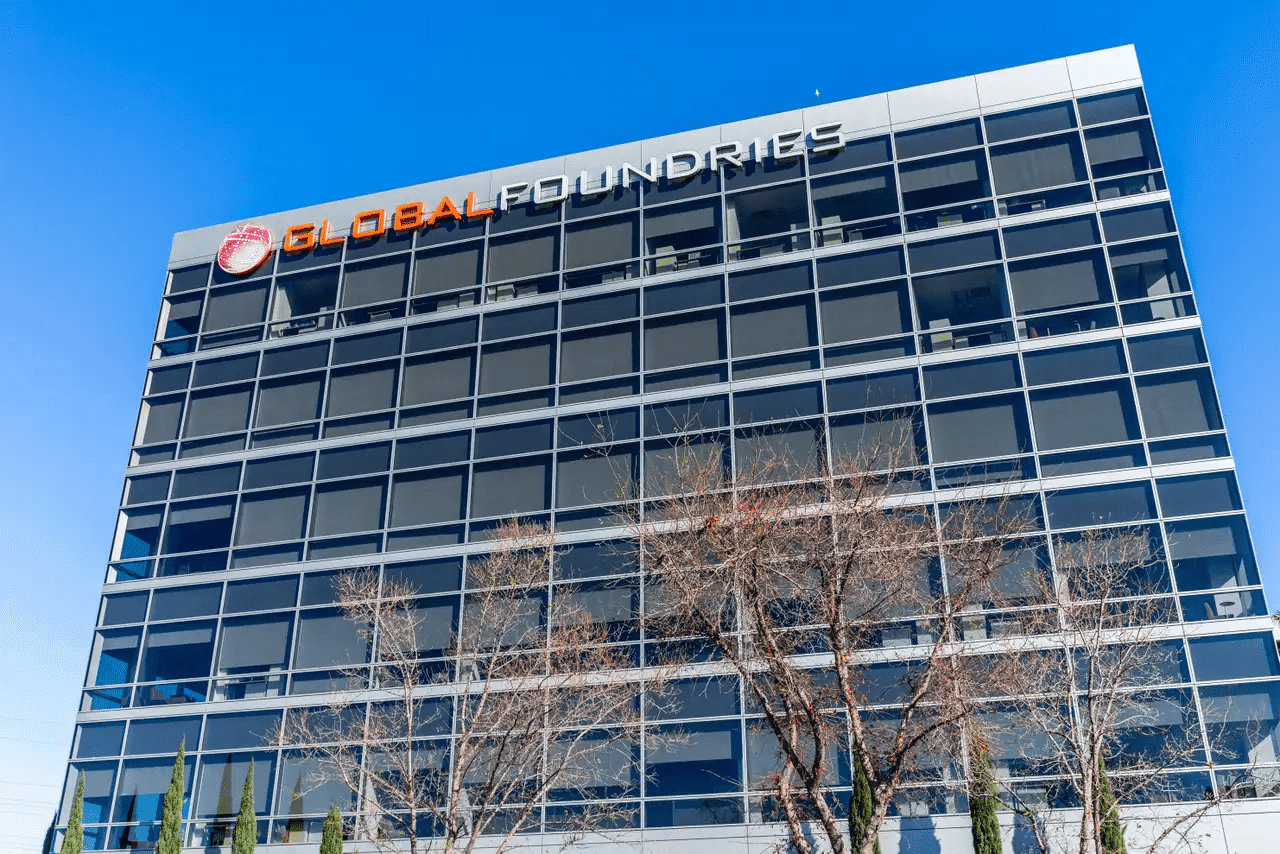
Image Source: Pixabay
What is a CNC Milling Machine?
CNC milling is a valuable machine tool for the creation of parts that need to be cut, face, slotted, or drilled. This process relies on the expertise of a skilled machinist or programmer who interprets and executes the drawings that are used to create parts for different purposes.
Typically, heavier pieces or items that require work on multiple sides are best suited for the use of a gantry mill. However, a vertical milling machine is also an excellent option for smaller projects.
What is a CNC Vertical Milling Machine?
A CNC vertical milling machine is a type of machine that cuts into materials like wood, metal, plastics and other solid materials with a rotating cutting tool. These machines come in different shapes and sizes, but they all work the same way. Vertical mills have a spindle that is vertically oriented, meaning it is pointed down towards the work piece. This provides the mill with its Z axis motion. The rest of the movement is provided by the table, which moves in the X and Y axes.
CNC vertical milling machines are commonly used for machining jobs that require precision, accuracy and quick processing times. They can be used to create various types of cuts, including grooving, facing, drilling and jig boring. These mills are also useful for making metal patterns, engraving and other types of detailed work. They are ideal for use in technical schools, small machining shops and toolrooms.
There are a number of different types of vertical mills, including bed mills, knee mills and turret mills. A bed mill has a fixed spindle that is attached to a table. A bed mill can be used for a variety of tasks, but it is especially useful for machining large and heavy work pieces. A knee mill has a flexible arm that can be adjusted to provide the machine with different angles of movement. This makes it a good choice for jobs that need to be done in awkward positions.
What are the Benefits of Using a CNC Vertical Milling Machine?
A CNC milling machine is a versatile tool that can cut a wide range of materials. It is used for a variety of projects, including metal patterns, jigs, fixtures, and tool and die work. It is also useful for machining complex shapes into metal and non-metal parts. It can also be used for grooving, facing, slotting, and drilling. This process is typically faster and more precise than manual machining. It is also less expensive than using a lathe.
The vertical milling machine is a popular choice for smaller machines because it offers a lower initial investment and easier operation. However, it is important to consider the type and weight of the materials you plan to cut before purchasing a machine. If you plan on working with heavy or thick materials, you may need to upgrade to a horizontal machine.
Unlike manual milling, CNC milling is operated by a computer. It uses the information programmed in CAD to select the tools, move the worktable and head, and machine the part according to the specific dimensions of the part. This allows the operator to focus on other tasks and increases productivity. CNC milling machines are highly reliable and offer great accuracy, making them an excellent choice for high-volume production jobs. However, it is important to remember that a CNC milling machine requires specialized training and expertise to operate effectively.
What are the Advantages of Using a CNC Horizontal Milling Machine?
Vertical milling machines can easily create slots, holes, and other unique forms in three-dimensional items. Depending on the type of vertical machine, these devices can operate on up to five different axes, allowing them to create intricate patterns and other details that wouldn’t be possible with traditional machining techniques.
Another advantage of using a vertical milling machine is its ease of use and affordability. These devices are simple to use, so they’re ideal for beginners or small businesses that don’t have the budget to invest in more complex equipment. Additionally, vertical milling machines take up less floor space than horizontal mills, so they’re perfect for smaller shops.
However, there are some drawbacks to using a vertical milling machine. For one, it’s not ideal for machining heavy or bulky items, as it can be difficult to raise and lower the item on the vertical platform. Also, because vertical mills are less common than horizontal milling machines, it can be harder to find parts and repair assistance if needed.
In addition, vertical milling machines can be prone to errors if they’re not operated properly. This can lead to wasted materials and expensive repairs if not corrected quickly. As a result, it’s important to hire an experienced machinist to operate your vertical milling machine. This way, you can be sure that your project is completed correctly and on time.
What are the Disadvantages of Using a CNC Horizontal Milling Machine?
Milling machines are used for a wide range of projects, including machining metal patterns, tools and dies, engraving, woodworking and other types of cutting, drilling, and shaping. These machines are designed to produce high-quality work with a good level of precision and accuracy, which is important for many different industries.
When choosing a milling machine for your business, it is essential to consider the type of projects you plan on completing and what materials you will be working with. Vertical milling machines have a lower initial investment than horizontal ones, which can make them more affordable for some businesses. However, it is essential to weigh these costs against the type of project you are completing and how much time you need your machine to complete it.
One disadvantage of using a vertical milling machine is that it can be less suitable for larger, heavier workpieces. Heavier items require more power to operate, which can cause the machine to struggle and slow down. In addition, vertical mills do not have the ability to mill on multiple sides of a part, which can make them unsuitable for some projects like sinking dies. Additionally, they can have a more limited range of cutting tools compared to horizontal machines. They also have a smaller footprint than horizontal milling machines, which can be difficult for some shops to accommodate.





























